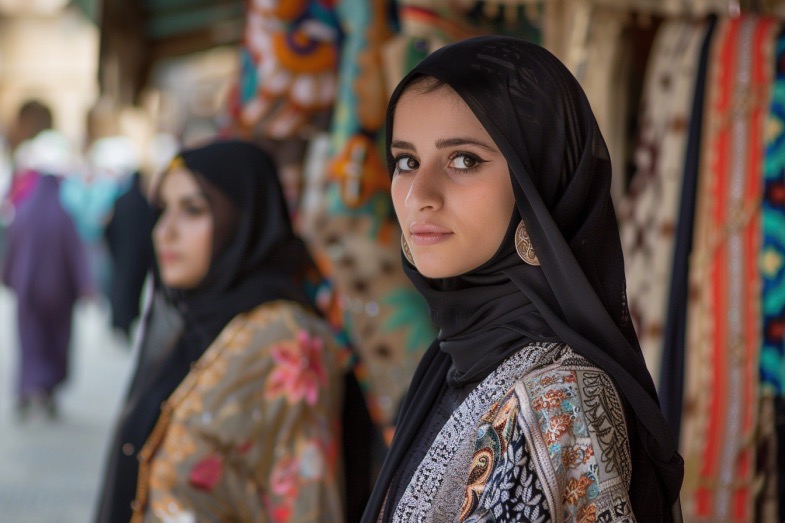Unveiling the Face of a Neanderthal Woman from 75,000 Years Ago
LONDON — Imagine coming face to face with one of our closest human relatives from 75,000 years ago.
Scientists have reconstructed the appearance of a Neanderthal woman based on the flattened, shattered remains of her skull, which were as soft as “a well-dunked biscuit” when unearthed.
After strengthening the fragile fragments, expert paleoartists created a stunning 3D model, bringing this ancient individual to life.
The remarkable representation is featured in the new Netflix documentary, Secrets of the Neanderthals, shedding light on our evolutionary cousins who vanished 40,000 years ago.
“I think she can help us connect with who they were,” said Dr. Emma Pomeroy, a palaeoanthropologist from the University of Cambridge.
The skull was discovered in Shanidar Cave in Iraqi Kurdistan, where remains of several Neanderthals were found in the 1950s.
Excavations in 2015 unearthed a new skeleton, nicknamed Shanidar Z, with a flattened skull compressed by a fallen rock.
The painstaking process of reconstructing the skull took over a year, culminating in a detailed 3D model created by renowned Dutch artists.
Despite the intriguing sculpture, the true value lies in the original skeleton, believed to be female based on genetic markers and stature.
The discoveries at Shanidar have challenged the notion of Neanderthals as primitive, revealing possible burial practices and rituals.
The presence of pollen near the skeletons sparked debates about symbolic burials or protective measures against scavengers.
While the mystery of Neanderthal customs continues, one thing is certain – these ancient beings had a tradition of honoring their deceased.
“Not because of the flowers on the branches but because the branches themselves could have prevented the likes of hyenas getting at the bodies,” said Prof Chris Hunt of Liverpool John Moores University.
“I would hesitate to use the word ‘burial’; I think I would use the word ‘placement’ to get away from the idea of a vicar and the church. But there’s absolutely no doubt that they maintained a tradition of this is where you put grandma.” — BBC



